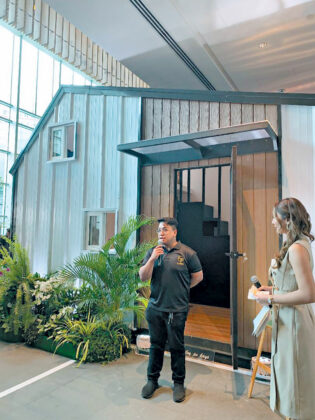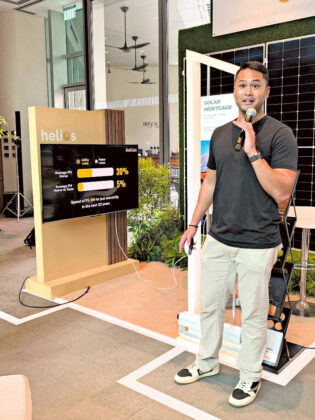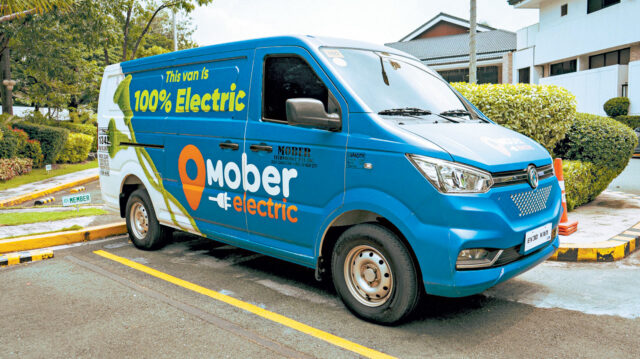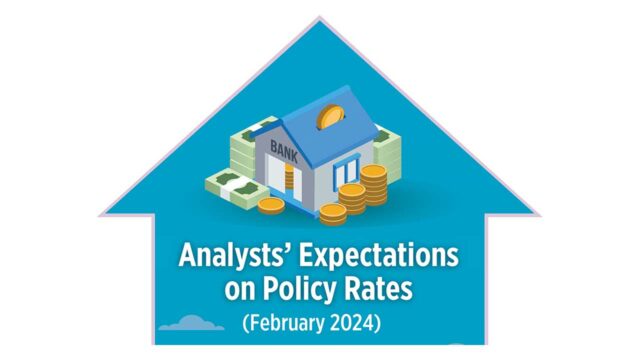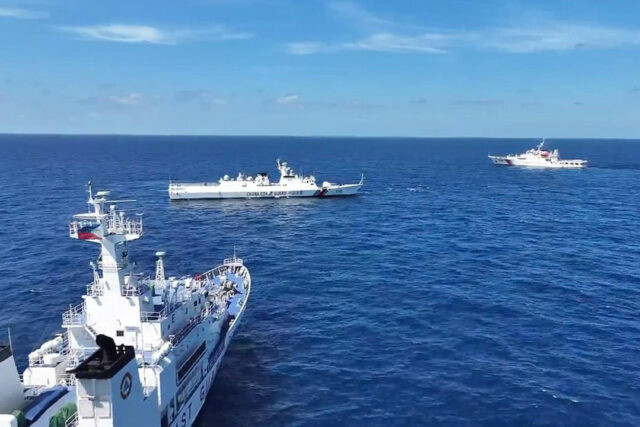Making sustainable attainable
BPI wants green choices to be more accessible
IT’S 2024, and the global climate crisis continues to escalate. As nations grapple with the more-than-ever urgent need to transition toward more sustainable living, the Philippines (despite not being a first-world nation) is no exception to this quest.
In fact, in a country where rapid urbanization and population growth place immense pressure on its natural resources and energy consumption, the adoption of sustainable homes and electric vehicles is a crucial step in mitigating the ill effects of our degrading environment.
The transition to electric mobility promises to revolutionize transportation infrastructure, alongside curbing pollution and urban noise. In a nation whose capital is ranked as the worst in traffic congestion as per recent surveys, we can infer that the resulting air pollution from internal combustion engines also poses significant public health concerns. Therefore, it is reasonable to say that the widespread adoption of EVs represents a transformative opportunity to alleviate environmental and public health strain, while promoting economic growth and energy independence. Likewise, harnessing renewable energy sources like solar power, to employing innovative building materials that enhance energy efficiency, all offer a promising ingredients for developing sustainable homes.
And while there is a demand for sustainable solutions, the major challenge here is really about financing. And that’s where BPI — the Bank of the Philippine Islands — comes into play.
BPI recently launched its “Green Solutions” offer — which makes it the first Philippine bank to offer a suite of financing options for sustainable solutions. Simply put, the company is now offering attractive loans for retail EV financing and green home improvements. Included in the latter are solar mortgages, which enable current clients to use their existing home collateral to install solar panels in their residence. They also now offer “eco-build” financing, for people who want to explore building more sustainable spaces.
“BPI Green Solutions represents a pioneering step in sustainable financing, providing customized solutions for Housing and Auto Loans to make sustainable homes and e-vehicles more accessible and affordable to the market,” shared BPI Retail Lending and Bancassurance Head Dexter Lloyd Cuajotor at a press conference held at the Ayala Museum last week.
The executive furthered that as it is the initial investment cost that seems to be the most common challenge for Filipinos looking to adopt a greener way of living, BPI aims to provide Filipinos with better access to such sustainable products and services through offering its flexible payment options, which will be enhanced with further discounts during BPI’s “All Out Promo” period, which will run until March 31.
Furthermore, BPI proudly showcases its commitment to sustainability beyond this latest Green Solutions initiative. In fact, it already has a bank-wide sustainability mandate — a first of its kind in the local banking scene.
Even before the pandemic, BPI already expanded its Green Financing programs and rebranded it as its Sustainable Development Finance (SDF) program. Included here are the likes of sustainable agriculture, renewable energy and energy-efficiency implementation, climate resilience, etc. These were initiated as per the bank’s commitment to the United Nations Sustainable Development Goals (UN SDGs).
At the end of the day, embracing sustainability in the realms of transportation and housing isn’t just an option but rather, a strategic imperative for the country — offering a pathway leading to a greener and more climate-resilient future.



